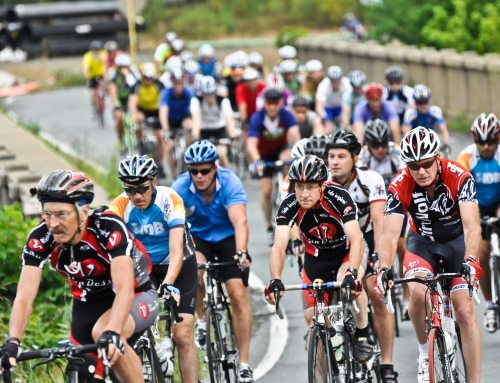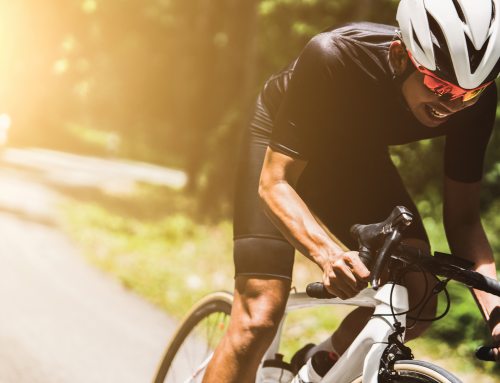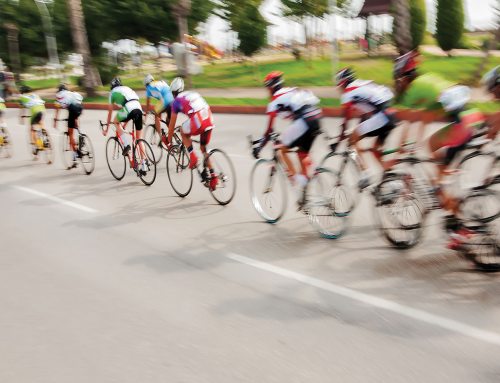
By Derek Powers
I read somewhere once that if you pay a couple thousand dollars you can play Augusta National golf course the day after the Masters Golf tournament is finished. This allows a couple hundred or more mediocre dreamers with thick wallets the opportunity to experience the course in the same condition it was in when the pros walked it the day before. Of course, there are no gasping masses clad solely in green, no merchandise vendors, and no journalists wagering on when you’ll implode. It’s just you, your friends, and your swing flaws flailing away all over the lot.
This intrigued me. Who’d want to do this? More importantly, why would you want to do this? I suppose you’d do this not because you want to demonstrate that you have a ton of money (and extra golf balls) to toss away, but because you’d want to test yourself against an opponent that had only the day before battled (and essentially crushed) the best golfers in the world. You’d want to do this not to prove that you, too, could hit a 7 iron into a creek, or hook a drive into the trees, or miss a 4-foot putt so badly that you have an 8 footer coming back, but because you wanted to see what kind of fortitude it took to tackle an epic and historic opponent. Basically, you’d do it for the sake of measuring yourself against not only the elements, but also the giants of the sport that you pursue so passionately, albeit less successfully or gracefully.
And what would this experience leave you with? Well, a newfound respect for the stimpmeter, probably. But it would also radically redefine what you thought of those few pros who’d made the course look easy-who’d somehow managed to bring it to its knees. You’d have a newfound respect for just how talented they were. The biggest challenges bring out the best champions, and you’d see it firsthand. Your walk around Augusta would cost you about a year of tuition at a state school . . . but it would offer you insight into what it takes to be the best at something by putting you right in the crosshairs.
The organizers of the Tour de France have done the same thing as the geniuses at the Masters by creating L’Etape du Tour-a bike ride that follows the same route of one the stages of the Tour. Every year the course is different. Every year it’s epic. And every year 6,000 to 8,000 foolhardy cycling enthusiasts line up looking for the same epic beat-down that their heroes will get a few days later. This year I hope to be foolhardy beat-down candidate number 6459. And if I have any say in the matter, my friends will be foolhardy beat-down candidates 6460, 6461, and 6462. Misery loves company, after all, and like golf, long days in the saddle are more enjoyable as a foursome.
Because L’Etape typically follows a stage of the tour that’s yet to be contested by the actual race, there are usually already throngs of people camped out alongside the route starved for riders to cheer for. A friend who’s ridden it a couple times before tells me they put on their Speedos, tie their national flag around their neck like a cape, and cheer for you as zealously as they’d cheer for the tour riders. Of course now I’m really intrigued, and also puzzled why they haven’t tried that at Augusta.
The good news for yours truly is that this year they’ve chosen stage 20, which starts in Montelimar and finishes 167 kilometers later, 6,000 feet up in the thin Provence air atop Mt. Ventoux, which is about as epic as it gets. The other good news for this author is that unlike the round of golf in Georgia, this suffer-fest costs only a couple hundred, not a couple thousand dollars. The bad news, of course, is that it’s 167 kilometers long and finishes 6,000 feet up in the air atop Mt. Ventoux.
Mt. Ventoux has always held a special place in my heart. I laid eyes on the Tour de France for the first time in my life on the slopes of Mt. Ventoux. It was 2000 and I was what you’d call a tour-watching rookie. I had no food, no street shoes, and no clue where to park. I rode 20 miles before I was stopped by Gendarmes a couple miles from the summit, then I sat on the side of the road for 5 hours, freezing and famished waiting for the riders to arrive. It was worth every second. I still have the giant green PMU hand one of the promotional trucks threw at me as a reminder. I went back again in 2002, this time a savvy veteran. I had bottled water, sunblock, and a book of crossword puzzles. I rode it again in 2003. I got stopped by a car race 4 miles from the summit in 2007. I rode it not once but twice during my honeymoon last October. Yeah, we go way back, me and the giant of Provence.
But to say that I know what it’ll be like to ride up Ventoux after 150 kilometers because I’ve ridden it seven times before would be like saying I know which way a putt will break on the 12th green of Augusta because I watched the tournament on television the day before. I have no real idea what I’m getting into by signing up for this. Well, that’s not entirely true. I kind of know what I’m getting into this July . . . but that’s only because I know that I’m going to suffer, and suffer a lot. I have no illusions about how demanding and humbling the ride will be or how eye-opening and sobering the comparisons to the pros will be. I just know this is the kind of epic adventure I can’t pass up, no matter how painful it is, and I just have to know what it’s like to have grown men in Speedos chasing me up a mountain.
# # #
Derek Powers posted a staggering 32:09 in his first 10-mile time trial back in 1982 wearing sneakers and OP shorts. Last year he covered the same distance in a personal best 19:32 . . . in a slightly different gear. Derek can be reached at doughnutboyracing@hotmail.com.






